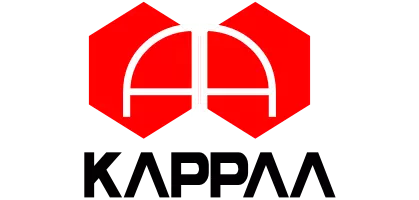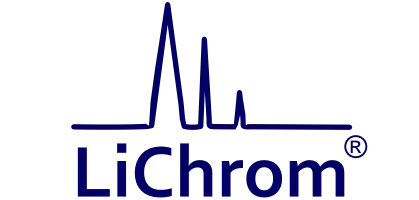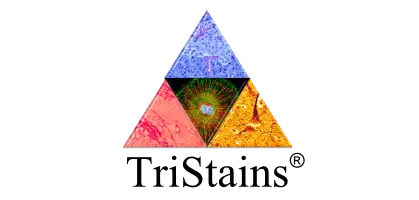Creating a Top-Tier, High-Density Tungsten Single Atom Catalyst

Scientists at Tohoku University have created a record-breaking catalyst that is among the most effective for accelerating the oxygen evolution reaction (OER)—a critical step toward making clean hydrogen fuel. The results were recently published in the Journal of the American Chemical Society.
It has proven challenging to engineer OER catalysts due to the fact that scientists have to strike a balance among activity, stability, and structural integrity. While greater active sites tend to be more effective, they compromise on stability. The Tohoku scientists bridged the trade-off by using tungsten (W) atoms as well as a new oxygen-vacancy anchoring strategy.
This method enabled stable incorporation of high-density single tungsten atoms into transition-metal hydroxides/oxides. The result is a low-overpotential catalyst with excellent stability and usability—ideal for sustainable energy technologies.
According to Tohoku University’s WPI-AIMR Professor Hao Li, “This research is significant because it helps develop more efficient and cost-effective catalysts for water electrolysis, a critical process to produce clean hydrogen fuel.”
The group points out that their catalyst provides a cost-efficient and long-lasting solution for noble-metal catalysts that are costly or iron-based systems that are unstable. They intend to conduct further tests with the material under industry conditions and investigate applications for Anion Exchange Membrane Water Electrolysis and Zn-air batteries in the future.
At Dawn Scientific, we believe in the development of cutting-edge research through supply of top-quality laboratory chemicals, reagents, and materials trusted by researchers in the USA. Our dedication to reliability and accuracy guarantees that scientists have the materials they require to speed up breakthroughs in energy, environmental, and industrial uses.
Disclaimer: All the information on this news is published in good faith and for general information purposes only. The information contained in this news might be provided on an “as is” based on Wikipedia, Google, and other scientific articles. We are not liable for any injuries or damages for the use of the information. Please do your own research before you use this information for any purpose.



































